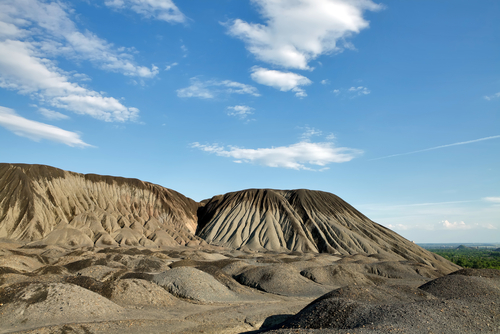Understanding Coal Ash and the New Final Rule—Part 2
 |
Coal ash will not be considered a hazardous waste. The final requirements for coal ash disposal were established for nonhazardous waste under Subtitle D of the Resource Conservation and Recovery Act (RCRA), rather than under Subtitle C that covers hazardous waste. As one result, under RCRA, the EPA is not authorized to issue federal permits for nonhazardous waste disposal of coal ash.
The role of RCRA-authorized states. According to the EPA, under Subtitle D, “the state and local governments are the primary planning, permitting, regulating, implementing, and enforcement agencies for management and disposal of … non-hazardous solid wastes.” The EPA is thus “strongly encouraging” states to adopt at least the minimum criteria in their regulations and notes that many states already have adopted requirements that exceed the new federal requirements and the final rule does not preclude authorized states from establishing more stringent regulations in the future. The EPA is also encouraging states to revise their Solid Waste Management Plans (SWMPs) and to submit these revisions to the EPA for approval, however, EPA approval of a SWMP revision does not mean that the state program operates “in lieu of” the federal program, as the EPA has no authority under RCRA to make such a determination.
Forget expensive calls to lawyers and consultants. With Enviro.BLR.com, you get instant access, 24/7. Try it out today and get the 2015 EHS Salary Guide, absolutely free. Download Now.
Structural integrity requirements to reduce the risk of catastrophic failure. Beginning 6 months to 2 years after the rule is published, structural integrity design criteria will be implemented and will require several periodic structural integrity assessments. Examples include:
- Structural stability assessments by a qualified professional engineer,
- Safety factor assessments to document that the unit achieves minimum engineering factors of safety,
- Hazard potential classification assessments to assess the damage that would occur if there was a failure of the surface impoundment, and
- Weekly inspections of the unit and monthly monitoring of unit instrumentation.
In addition, certain surface impoundments must develop a detailed emergency action plan, including the actions to be taken to protect communities.
Groundwater protection requirements. Poor construction and management of coal ash disposal units have been connected to groundwater contamination and the new rule provides several requirements to address the problem, including:
- Groundwater monitoring and corrective action (beginning 30 months after rule publication);
- Closure of unlined surface impoundments that are polluting groundwater;
- Location restrictions for new surface impoundments and landfills so that they cannot be built in sensitive areas such as wetlands and earthquake zones (beginning 18 months after rule publication);
- Liner design requirements for new surface impoundments, landfills, and expansions (documentation required 18 months after rule publication);
- Closure of units failing to meet engineering and structural standards or that are located too close to a source of drinking water; and
- Proper closure of all surface impoundments and landfills that will no longer receive coal ash.
Everything You Need for Environmental Compliance
Enviro.BLR.com puts everything you need at your fingertips, including practical RCRA, CAA, CWA, hazardous waste regulatory analysis and activity, news, and compliance tools. Try it at no cost or risk and get a FREE report.
Day-to-day operating criteria requirements. Beginning 6 months after rule publication, the new requirements will include:
- Air criteria for all units to manage fugitive dust, log citizen complaints, and submit an annual report;
- Run-on and run-off controls for landfills to minimize impacts from water coming into the unit and to protect against releases to surface waters; and
- Hydrologic and hydraulic capacity requirements for surface impoundments to help prevent overtopping of the unit or erosion of the materials used to construct the surface impoundment.
Recordkeeping, Notification, and Internet Posting: Beginning 6 months after rule publication, all unit owners/operators must:
- Record compliance with final rule requirements (i.e., annual groundwater monitoring results, corrective action reports, fugitive dust control plans, and closure completion notifications) in the facility’s operating record;
- Notify the state of decisions; and
- Maintain a publicly available website of compliance information to promote state and citizen engagement in implementation.
